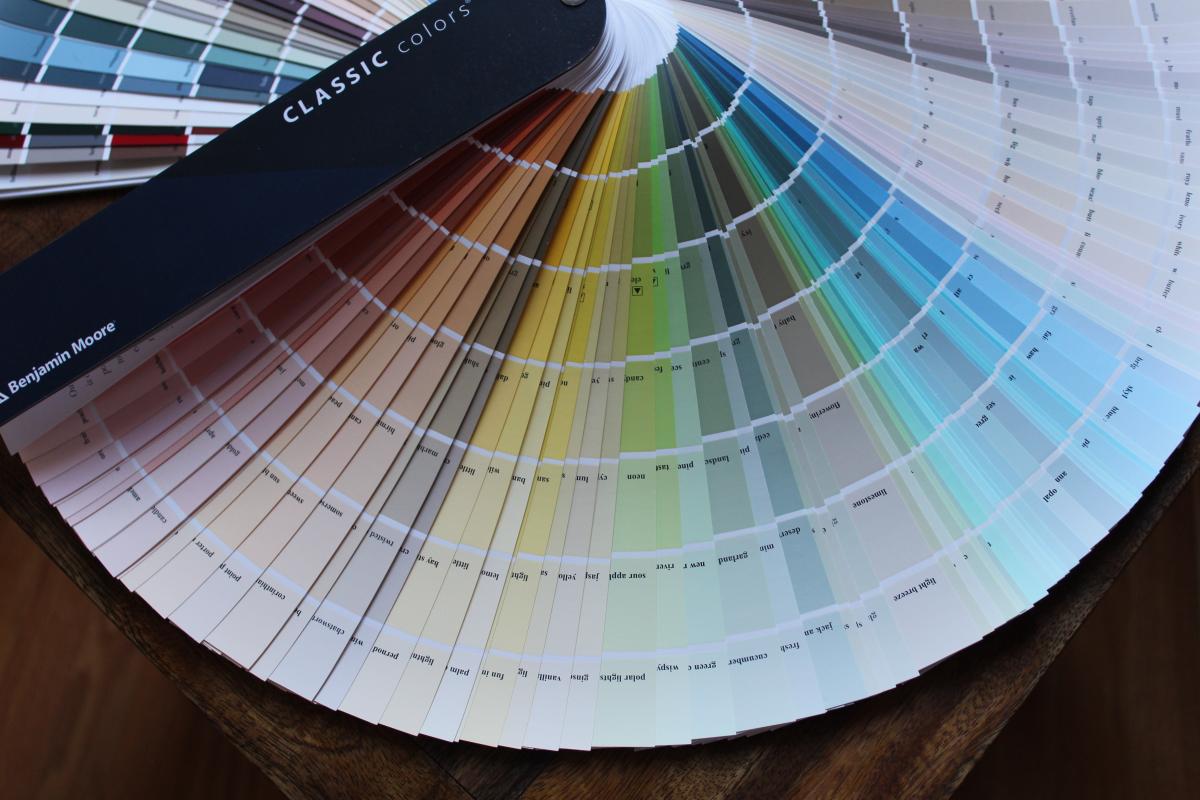
8 Room Colors That Affect Your Mood
Designing a custom home allows you free reign to express yourself. One of those ways is through color. Color holds significant power within society because we use it to represent ideas such as feelings. Studies found that every color generates different emotions.
Choosing a room color means choosing how you want to feel while occupying that room. Find out what colors mean and how your room color affects your mood.
Yellow Uplifts Home Walls
A yellow room adds some pep in your step, like morning sunshine that spills in through your windows. Yellow signifies energy, joy, liveliness, and positivity. You may feel more open and alert in a yellow room.
Whereas a bright yellow can overstimulate and agitate, a softer pastel yellow could do wonders for your kitchen or home office to promote productivity and wellbeing.
Green Balances Home Walls
When you want to feel serene, choose the color green. Halfway between red and blue on the spectrum, green provides a welcome balance to your life. Green signifies nature, tranquility, health, and safety.
Green could best work in the bathroom, providing an airy and revitalizing atmosphere. Since green emulates the natural world, it could work in whichever space you find best.
Blue Calms Home Walls
Peaceful as the soft waves of an ocean, the color blue calms your senses. Studies show that exposure to the color blue lowers blood pressure and keeps hunger at bay. Blue signifies serenity, stability, freedom, and safety.
Blue is the most popular interior paint choice due to its overall positive associations. The cool atmosphere may leave you feeling safe and secure.
Red Emboldens Home Walls
On the opposite side of the spectrum from blue, red evokes strong emotions. Red signifies passion, anger, love, and power. The complex and contradictory nature of red makes this color less desirable for room design.
The warm color often reinforces irritability and hostility. Red is best used as an accent color instead of a primary color to complement white, blue, and black. Maybe even consider red accessories rather than paint.
Purple Inspires Home Walls
The color purple occurs rarely in nature, which makes it one of the more mysterious and intriguing colors. Purple signifies creativity, awareness, royalty, and harmony. This exquisite color opens your mind to deeper thoughts.
Immersing in a purple bedroom encourages imagination and stimulation. Due to its stimulating nature, a deep purple may keep you awake at night whereas a lighter purple like lavender softens and relaxes.
Pink Soothes Home Walls
A softened version of red, pink brings forth a down-to-earth emotion. Pink signifies patience, compassion, hope, love, and warmth. Initial exposure to the color pink has a calming effect, known as “The Pink Effect.”
Although pink is often displayed in young girls’ rooms, any person can benefit from the placating effects of a pink domain. The guest room could act as a perfect spot for pink, promoting peacefulness and rest for your guests.
Orange Energizes Home Walls
The color orange works very well at drawing in our attention. Orange signifies vibrancy, adventure, happiness, and strength. Orange revitalizes your energy, harnessing your inner child.
Studies show that orange encourages conversation and stimulates appetite, which could make it a good fit for your kitchen or dining room.
White Opens Home Walls
Although it is not technically a color, white gives you the option of neutrality. Any color decor becomes a statement with a white wall. White signifies cleanliness, protection, renewal, and simplicity.
In a white room you may feel more organized due to the illusion of openness. A kitchen, living room, or dining room could benefit from white walls. With a seemingly spacious appearance, guests will experience no trouble fitting in and feeling welcome.
Create an environment suitable to your inner nature. Fairfield Homes allows you to customize the colors inside your home. Call today to get started on the home of your dreams!
Sources:
https://www.verywellmind.com/color-psychology-2795824
http://www.bbc.co.uk/homes/design/colour_psychologyofcolour.shtml
- Log in to post comments